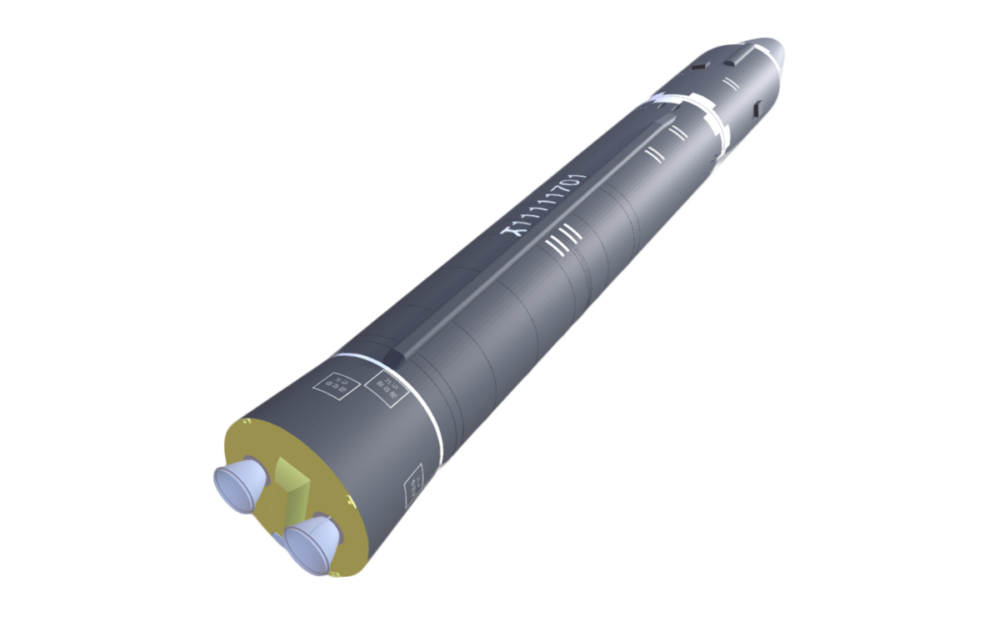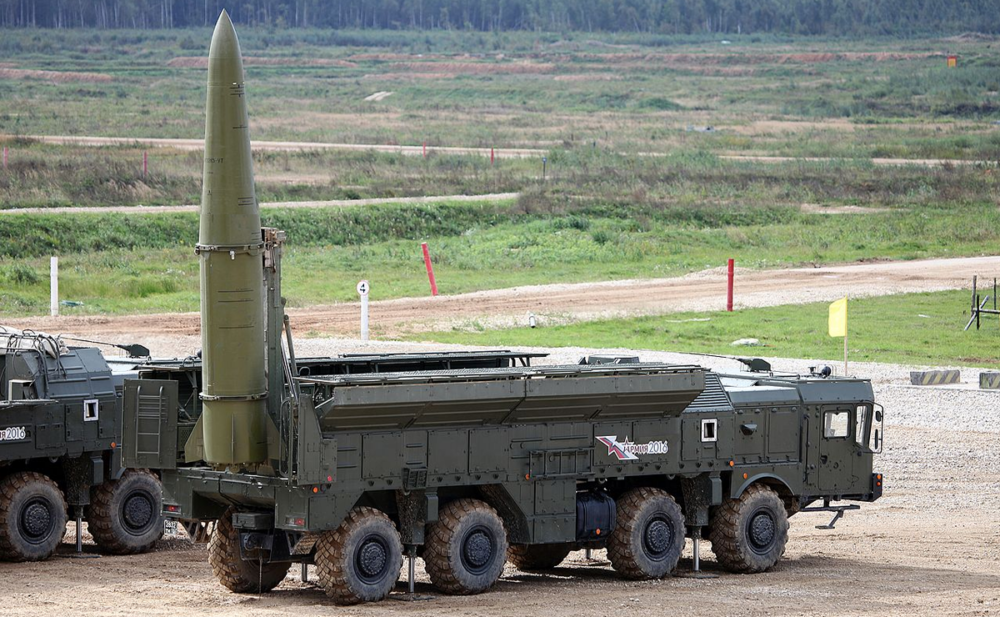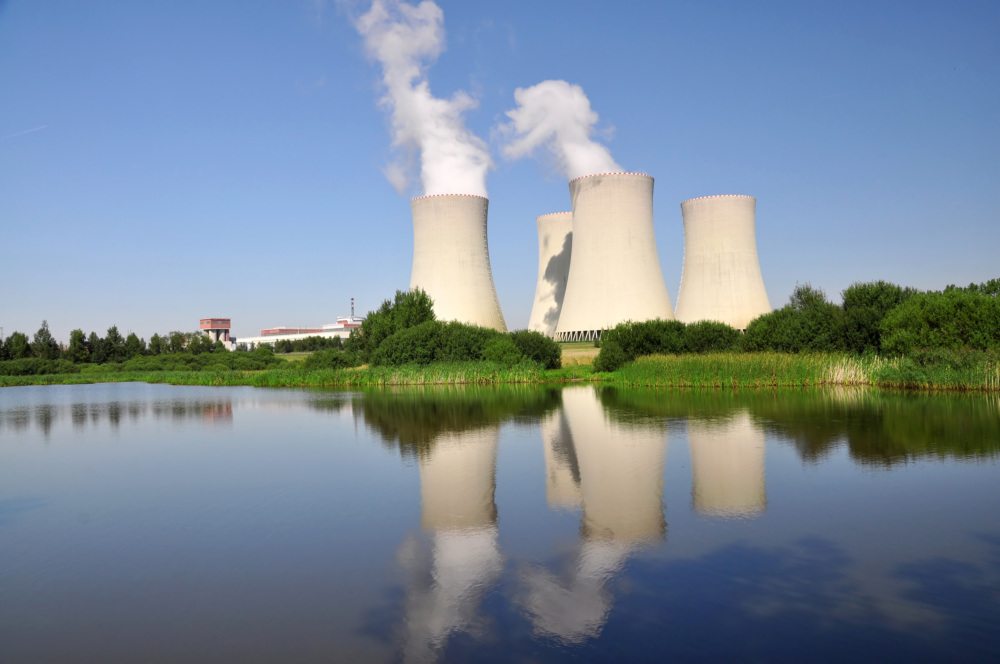
The CNS North Korea Missile Test Database
A collection of missile tests including the date, time, missile name, launch agency, facility name, and test outcome.
From the 1960s to the early 1990s, Argentina’s nuclear program and missile activities aroused concern that the country was seeking to develop nuclear weapons and possibly aid other countries in developing and delivering them. Argentina has since eschewed nuclear, biological, and chemical weapons but retains an ambitious nuclear energy program. It dismantled its ballistic missile program in the early 1990s. Argentina is now a member of all relevant nonproliferation treaties and organizations.
Argentina has never produced nuclear weapons. From the 1960s to the early 1990s, however, Argentina pursued an ambitious program of nuclear energy and technological development, which included construction of an unsafeguarded uranium enrichment facility. During that time period, the Argentine government also refused to join the Treaty on the Non-Proliferation of Nuclear Weapons (NPT) and to accede to the Latin America nuclear-weapon-free zone (Treaty of Tlatelolco, 1967). When democratic rule returned in 1983, however, the new president placed the nuclear program under civilian control and initiated a process of nuclear confidence building and cooperation with neighboring Brazil. In the early 1990s, the two countries established a bilateral inspection agency (ABACC) to verify both countries’ pledges to use nuclear energy only for peaceful purposes, and signed the Quadripartite Agreement with the International Atomic Energy Agencv (IAEA). 1 Argentina joined the Treaty of Tlatelolco and the Nuclear Suppliers Group (NSG) in 1994, and acceded to the NPT as a non-nuclear weapon state on 10 February 1995. Argentina has not signed the Additional Protocol to its Safeguards Agreement with the IAEA, which would give the Agency expanded access to undeclared sites. In June 2011 the NSG approved revised guidelines for the export of sensitive nuclear technologies, and recognized the Quadripartite Agreement as an alternative to the Additional Protocol. 2
Argentina is the first South American country to use nuclear energy. It has three operating nuclear plants, Juan Domingo Perón (Atucha I), Néstor Kirchner (Atucha II) and Embalse, which supply 10% of the country’s electricity. 3 Nucleoelectrica Argentina S.A. is the state-owned company responsible for operation of all Argentine nuclear plants. In August 2006, Argentina took an important step to revive its nuclear energy development program by announcing a major nuclear initiative worth $3.5 billion over eight years. 4 Argentina completed Atucha II in 2014, started work to extend the life of the Embalse nuclear plant by 30 years in 2013 5 and signed in 2014, a cooperation agreement with China to construct a second CANDU reactor (Atucha III). 6
Argentina’s advanced nuclear industry is coordinated by the CNEA established in 1950 to develop the country’s nuclear technology for civilian use. Four major nuclear complexes and various jointly-owned companies operate under the CNEA: 7
Argentina has an active export business. INVAP has sold research reactors to Algeria, Australia, Egypt, and Perú; the company is now seeking to expand its export market by offering small power reactors and services for large power plants. 9 Another possible market for INVAP reactors is Jordan; Argentina signed a nuclear cooperation agreement with Jordan in 2008. 10
CNEA supplies Brazil with more than one-third of its Molybdenum-99 (Mo-99) requirement and smaller quantities of this medical isotope to Chile, Uruguay, and Paraguay. Argentina is one of the six world producers of Mo-99 and the only one to use low enriched uranium (LEU) in its production. 11
Argentina is seeking technological diversification and has signed cooperation agreements within various nuclear partners in order to further develop its civilian program, give a boost to its domestic industry, and create high skilled jobs.
Since 2008 Argentina and Brazil have been exploring possible areas for nuclear cooperation including the development of reactors for the production of electricity and the creation of a bi-national company to produce radiopharmaceuticals and to enrich uranium on an industrial scale. 12 However, progress has been difficult because each country’s nuclear reactors use different technologies and there have been political challenges to allowing Argentina to participate in the Brazilian nuclear submarine program. In June 2010, Argentine Minister of Defense Nilda Garré announced a plan to develop nuclear propulsion for navy vessels. 13 She clarified initial news reports about a nuclear submarine 14 by stating that “it is too early to say whether it [nuclear propulsion] will be for icebreakers or submarines.” 15 In August 2010, Argentina signed a nuclear cooperation agreement with Brazil for the joint design of research reactors to produce radioisotopes. These reactors will be built separately by each country at an estimated cost of $500 million. 16
In September 2009, Nucleoelectrica Argentina SA signed an agreement with AECL for the life extension of Embalse and a feasibility study for the development of an advanced CANDU Reactor (ACR-1000). 17
In April 2010, Argentina and Russia signed various cooperation agreements on space and nuclear energy among other areas. Argentine President Cristina Kirchner said in a joint news conference with Russian President Dmitry Medvedev that Argentina is looking into the possibility of building additional nuclear plants to meet the country’s need for electricity. 18 The agreement opens the door for Rosatom Nuclear Energy State Corporation to compete for the construction of those reactors. 19
Argentina participates in the U.S. “Reduced Enrichment for Research and Test Reactors” program, which seeks to prevent depleted radioactive fuel in various countries from being used for military purposes. Since 2008, all of Argentina’s operating research reactors use LEU. 20
Argentina is also a member of the U.S. Megaports Initiative, which aims at preventing illicit traffic of nuclear materials through the global maritime system. The agreement signed on 13 April will provide two Argentine ports—Buenos Aires and Campana—with radiation detection equipment and training for port personnel. 21
There are no indications to suggest that Argentina has ever possessed or sought to acquire biological weapons. It is a state party of the Biological and Toxin Weapons Convention (BWC), having ratified it in November 1979. In September 1991, Argentina, together with Brazil and Chile, signed the Mendoza Accord, which commits signatories not to use, develop, produce, acquire, stock, or transfer—directly or indirectly—chemical or biological weapons. Argentina further strengthened its nonproliferation credentials when, in 1992, it became a member of the Australia Group, a voluntary system of export controls on chemical and biological agents, precursors, and equipment.
There is no evidence that Argentina has ever had a chemical warfare program. Argentina has been active in CW nonproliferation efforts. In 1992, Argentina became a member of the Australia Group and, in October 1995, ratified the Chemical Weapons Convention (CWC). Even before participation in these bodies, Argentina engaged in regional nonproliferation efforts; for example, Argentina signed the Mendoza Accord in 1991, which prohibits both chemical and biological warfare agents.
Argentina dismantled its medium-range ballistic missile program, the Cóndor II, in the early 1990s. The Cóndor missile program received technical support from a consortium of European firms and funding from Saudi Arabia, Egypt, and Iraq. Argentina’s intent was to develop the Cóndor II not only for its own use—which was largely motivated by its loss in the Falklands/Malvinas War with Great Britain—but for export as well. Concerns that missile technology was reaching the Middle East caused the United States to pressure Argentina to end the program, which it did in 1992. Argentina became a member of the Missile Technology Control Regime (MTCR) in 1993.
Sign up for our newsletter to get the latest on nuclear and biological threats.
A collection of missile tests including the date, time, missile name, launch agency, facility name, and test outcome.
At this critical juncture for action on climate change and energy security, 20 NGOs from around the globe jointly call for the efficient and responsible expansion of nuclear energy and advance six key principles for doing so.
Information and analysis of nuclear weapons disarmament proposals and progress in Belarus

